Pakistan’s wooing of Donald Trump continues. After nominating the US president for a Nobel Peace prize and sending him rare earth minerals, Islamabad has reportedly approached US officials with an offer to build and run a port on the Arabian Sea that could give Washington a foothold in the Indian Ocean.
As per a report in the Financial Times, advisers to Pakistan Army chief Field Marshal Asim Munir floated the idea to US officials and investors of constructing and operating a commercial port in Pasni to export critical minerals.
This move has implications not only for India, but also Pakistan’s long-time ally, China. Here’s all that we know.
Pakistan’s Pasni port offer
After Pakistan’s Prime Minister Shehbaz Sharif and Army chief Asim Munir met Donald Trump at the White House last month, it is reported that the Pakistani army chief’s advisors floated the idea of building and running a port in the town of Pasni.
As per the Financial Times, which accessed the plan, Pakistan envisages American investors developing the seaside fishing town of Pasni as a terminal for access to Pakistan’s critical minerals.
The proposed port at Pasni would be linked to a new railway to transport minerals from Pakistan’s interior, the advisers said, in particular copper and antimony, a vital ingredient in batteries, fire-retardant and missiles. A blueprint anticipated the port would cost up to $1.2 billion with a proposed financing model that would be a mix of Pakistani federal and US-backed development finance.
The plans further state that the Pasni port would exclude “direct basing”, which means that it wouldn’t be used as a US military installation.
The proposed port in Pasni holds strategic importance. It is about 70 miles from the China-backed Gwadar port and 100 miles from the Iran-Pakistan border. It sits on a natural deep-water harbour and could be linked by railways to Pakistan’s mineral-rich interior, making it an ideal hub for exports.
Pakistan refutes report
Notably, after the _Financial Time_s report made headlines across the world, a senior security official told state-run Pakistan TV that no such proposal had been floated. He added that any discussions on the idea were “purely exploratory”.
“Conversations with private companies were exploratory, not official initiatives,” the state-run digital outlet quoted him as saying on condition of anonymity. “There is no plan to hand over Pasni’s security to any foreign power. The chief of army staff does not have advisers in any official capacity. Linking these ideas directly to him is misleading and inaccurate,” he added, saying the army chief should not be directly linked with any such proposals.
However, the US State Department, White House and Pakistan’s army and foreign ministry have yet to comment on the report.
Pakistan courts Trump
The reported proposal to offer US to construct a port in Pasni seems to be part of Pakistan’s continued courtship of Donald Trump.
Since Trump returned to the White House earlier this year, Islamabad has been making overtures to the American leader and wooing him. This is a complete reversal from the previous US administration where Joe Biden kept Pakistan at arm’s length.
Now, the Pakistani establishment has been adapting several strategies to enhance ties of which the Pasni port is one. Other efforts include collaboration with a Trump-backed crypto venture, recommending him for the Nobel Peace prize, endorsing Trump’s Gaza peace plan, and even offering access to Pakistan’s critical minerals and developing oil reserves.
Implications for US, China, Pakistan and India
While it isn’t clear if Pakistan has indeed offered the Arabian Sea port to the US, it has created quite a buzz for the implications it could have.
For the US, it would be a win-win if Pakistan would offer the Arabian Sea port. That’s because it would give Washington a foothold in the Arabian Sea and Central Asia — both regions where America would want to impose its presence in an effort to counter China.
For Pakistan, the offer of the Pasni port to the US seems to be a step to balance out its overdependence on China. Islamabad is deeply indebted to China; it has poured billions into the ambitious and exorbitant CPEC project. However, by offering the US a port just a few miles away from Gwadar, which is the centrepiece of the CPEC, it may risk China’s ire with some experts noting that it is a risky manoeuvre.
In fact, the blueprint accessed by the Financial Times stated, ““Pasni’s proximity to Iran and Central Asia enhances US options for trade and security… Engagement at Pasni would counterbalance Gwadar… and expand US influence in the Arabian Sea and Central Asia.
Speaking on the China aspect, one advisor was even quoted telling the Financial Times, “We don’t need to consult the Chinese as it’s outside the Gwadar concession.”
The Pasni port would also act as guarantee to Pakistan against India. For instance, during Operation Sindoor, Indian Navy warships were ready to launch attacks on Pakistan. Meanwhile, Pakistan’s warships were not in sight. Islamabad believes that if the US had its presence in the Arabian Sea it would protect Pakistan from any action through the waters.
For India, the Pasni port complicates the existing dynamics. Pasni sits very close to India’s Chabahar port in Iran — creating a three-way competition along the Arabian Sea coast. India uses Chabahar as its gateway to Afghanistan and Central Asia, having invested $250 million and signed a 10-year deal with Iran to run the port earlier this year.
Moreover, with the Pasni port, the Arabian Sea would now also have the presence of the US ships, along with Chinese and Pakistani vessels. This would mean that India would have to rethink its watches, patrols, and maintain influence along the country’s western coast. Even without a military base, having US shipping infrastructure in Pakistan could change how quickly countries can respond during regional tensions.
We will just have to wait and watch to how the situation unfolds but one thing is clear — Pakistan is trying all that it can to capitalise on the recent geopolitical shifts in South Asia.
With inputs from agencies


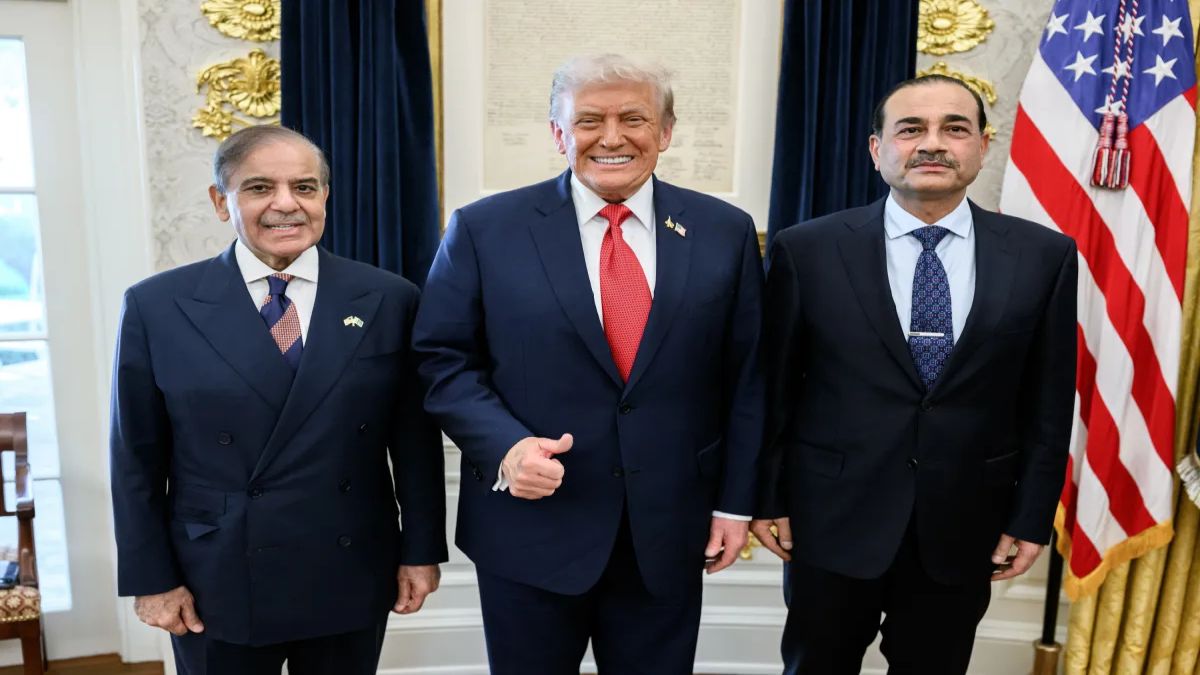)
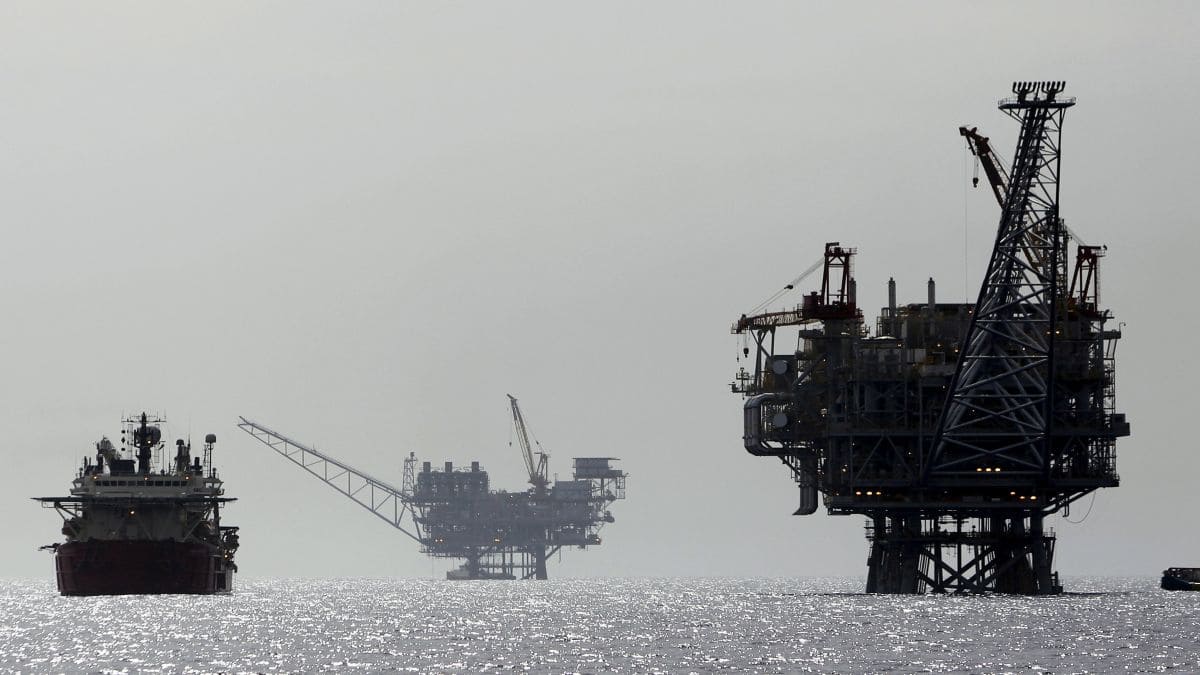
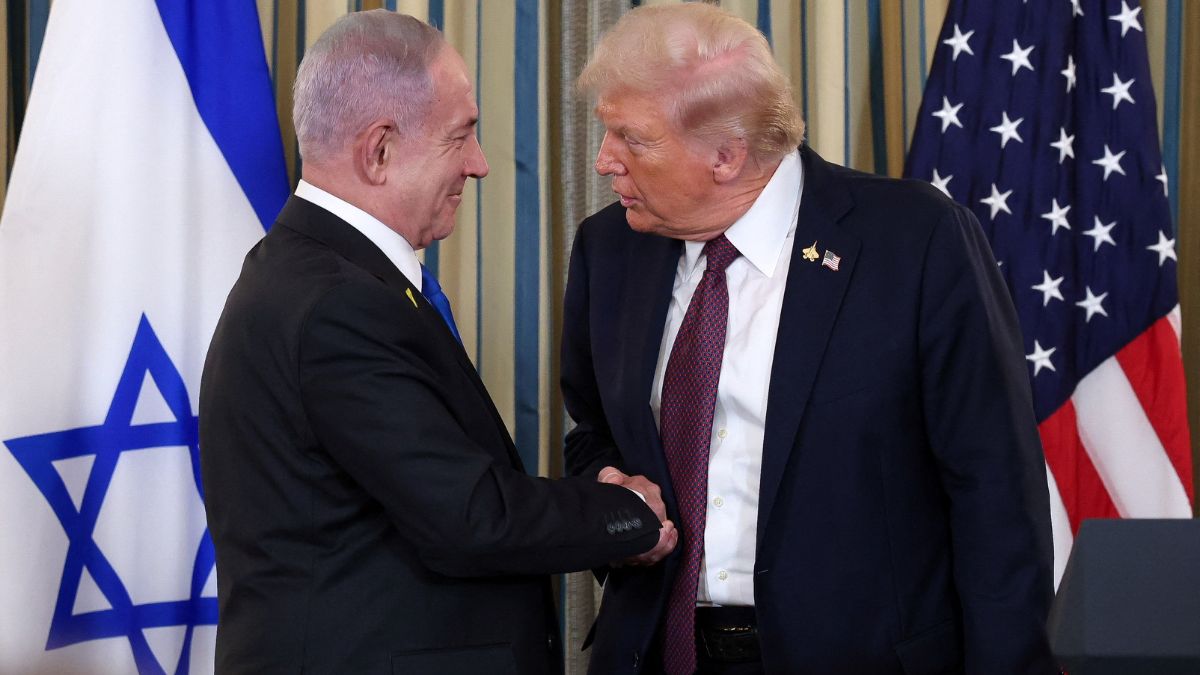)
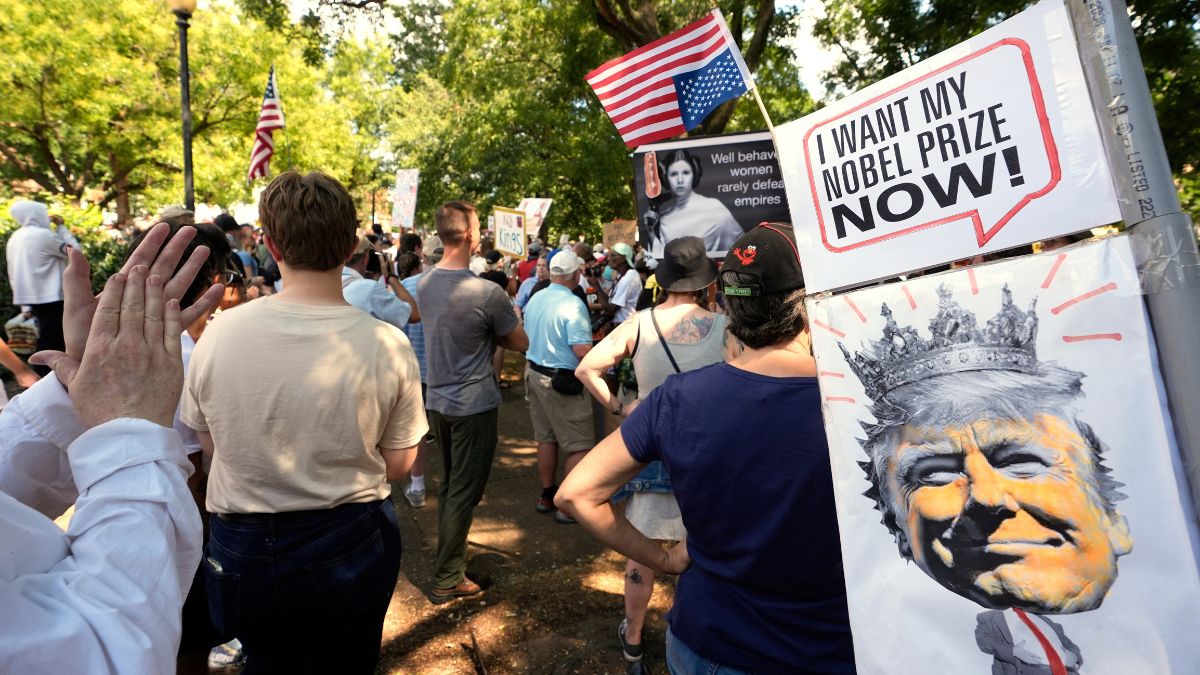)
)
)
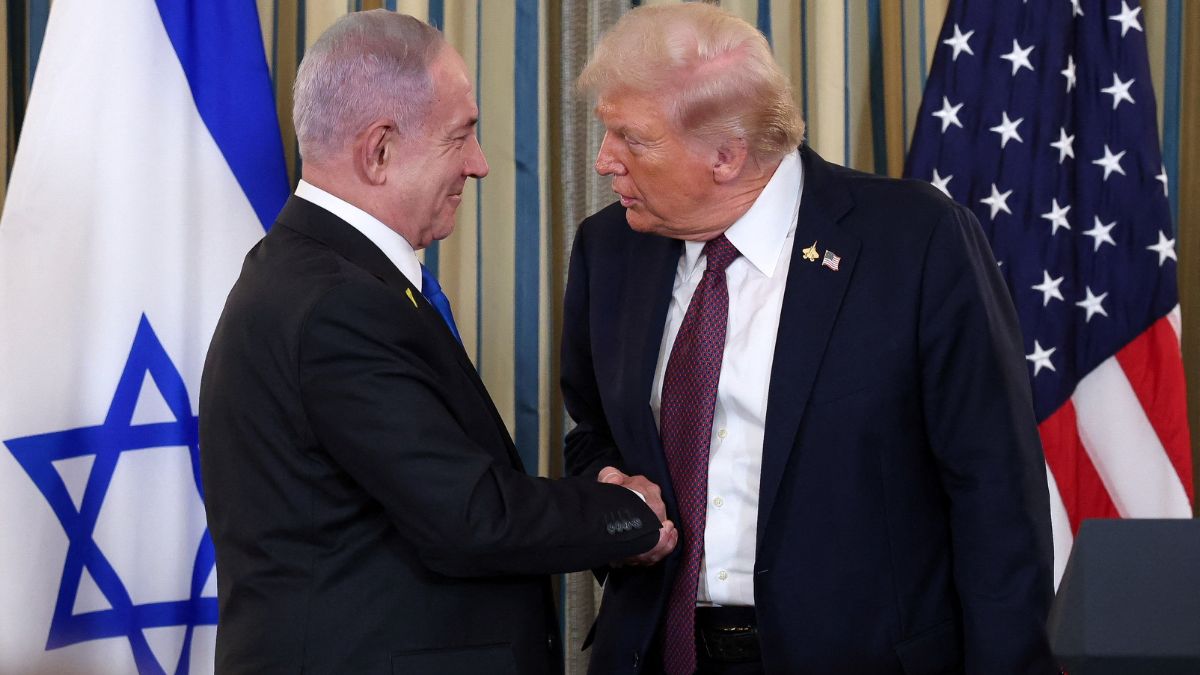)
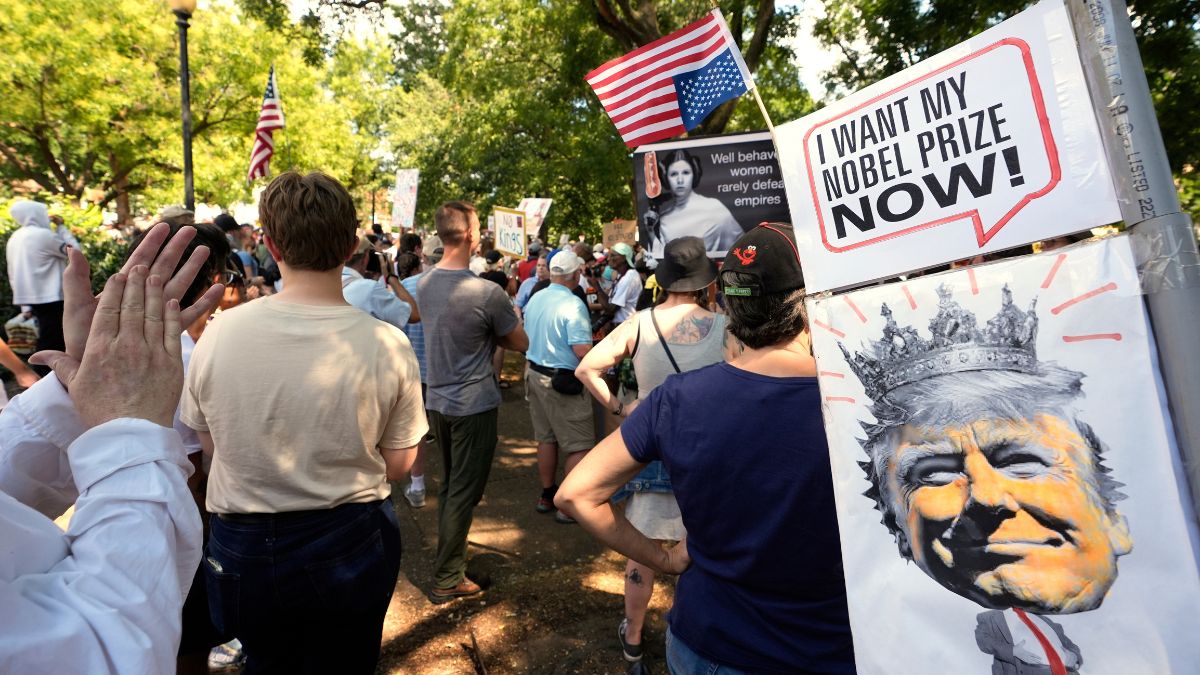)
)
)



